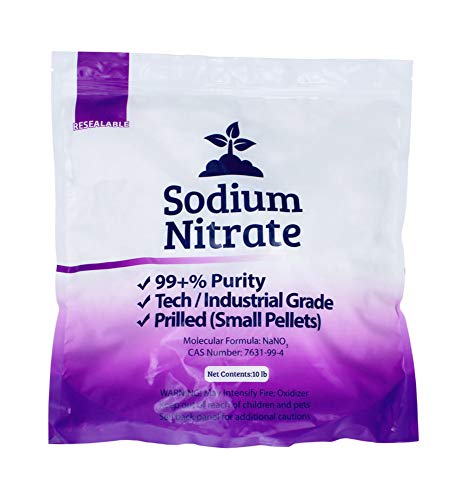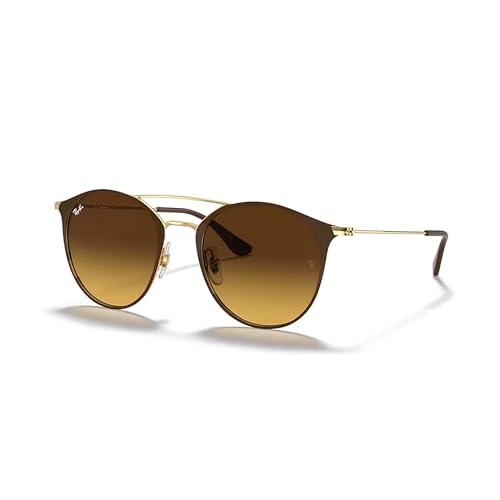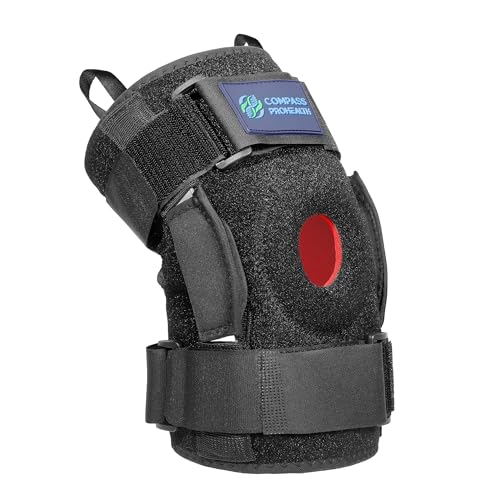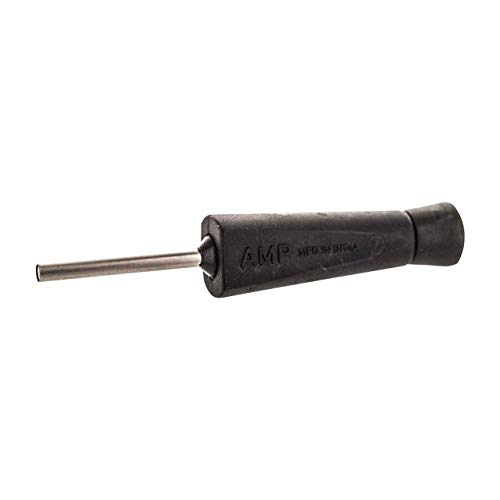christina9988
New member
I found this rock out here in Nevada. I have taken it to a refinery and to another lab and gotten two different XRFs that are attatched, as well as pictures. It is extremely extremely dense. Everyone that has gotten a chance to handle it at those labs have said that it is a meteorite. I took it to the GEM association and they said it is a meteorite. However if it is Iridium it would be worth more for the Iridium in my opinion. The University here no longer has a program for testing. I have no idea what to do with this any ideas?











































































































